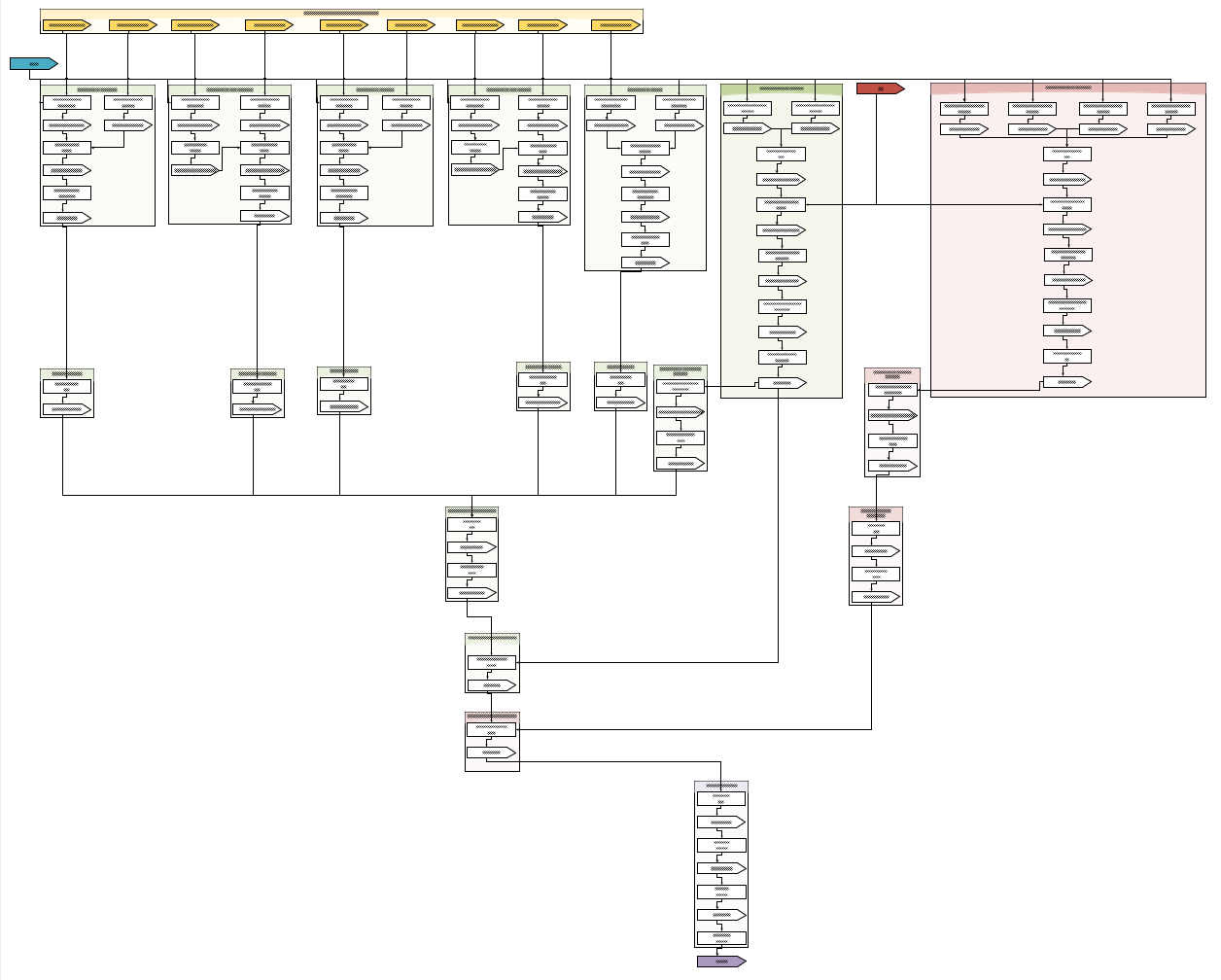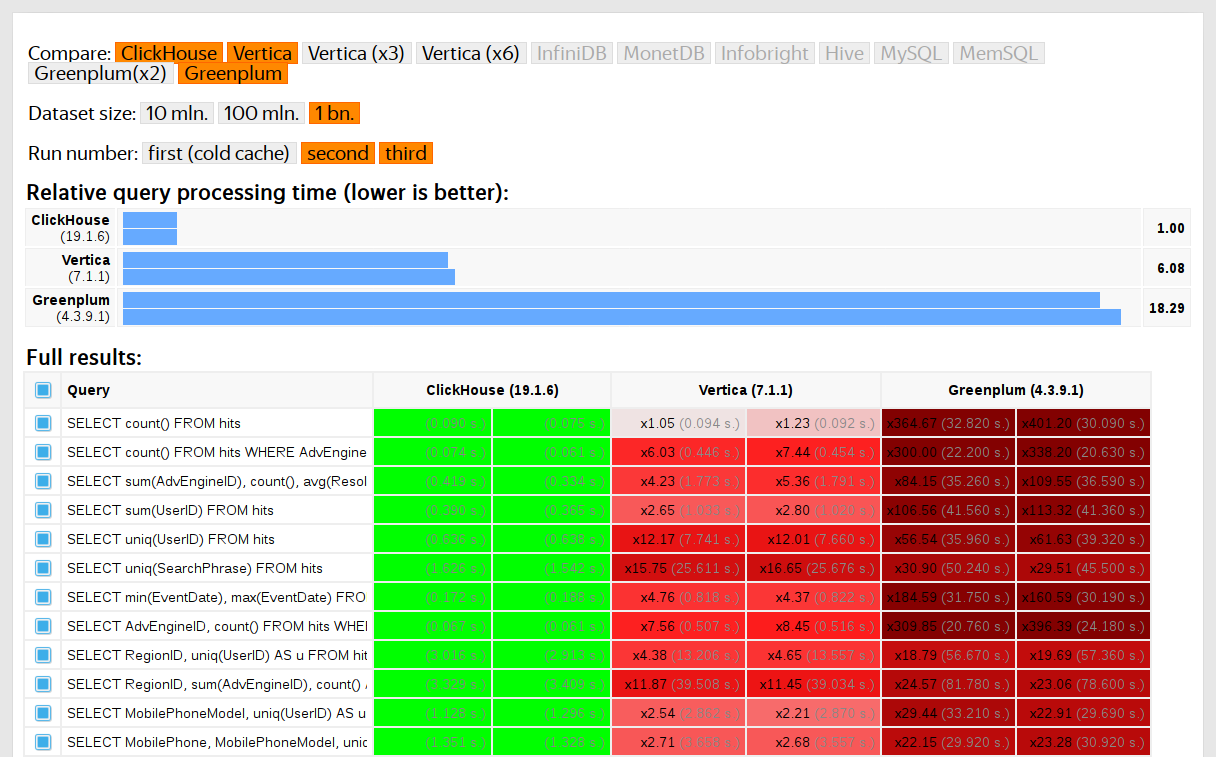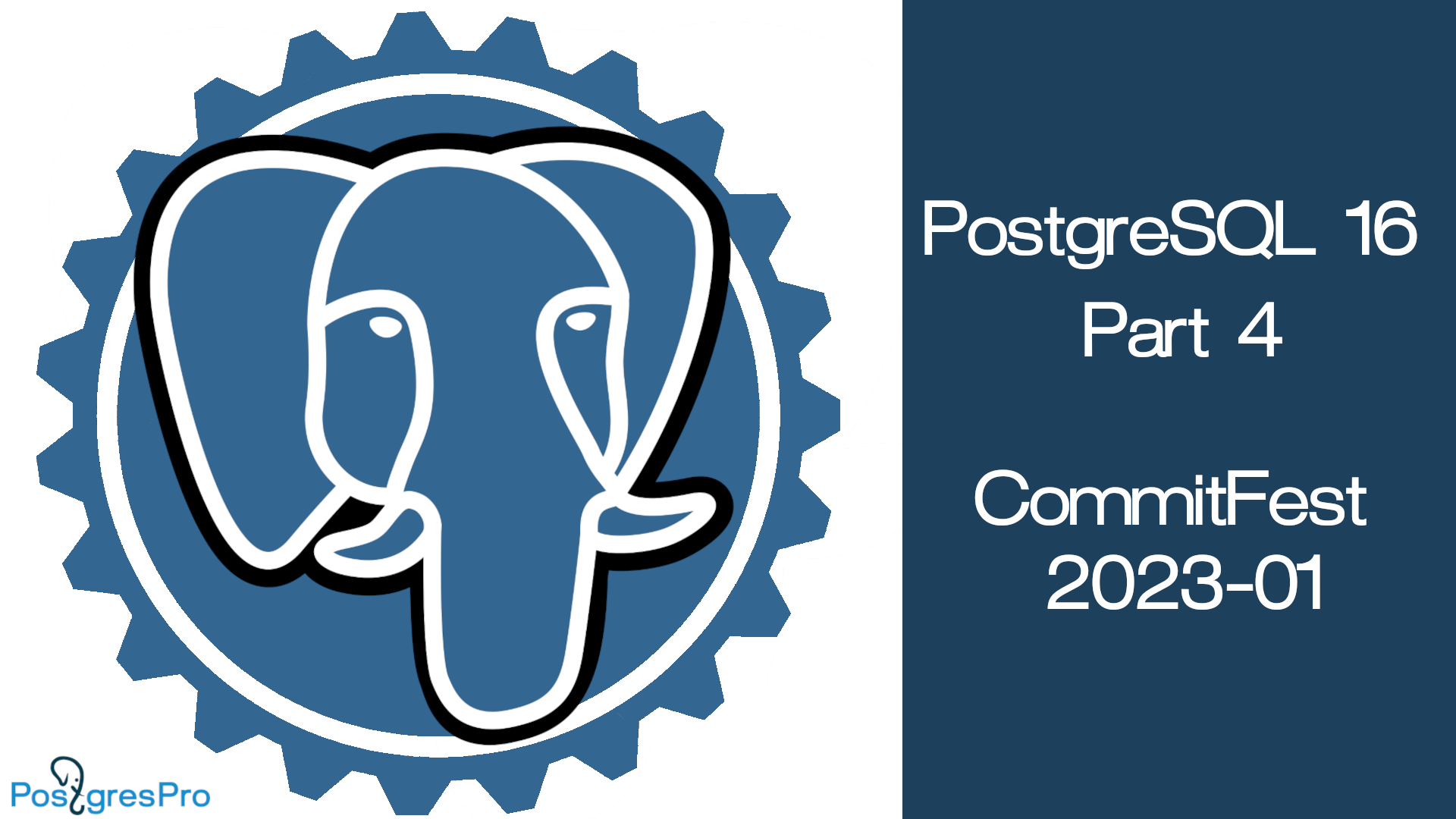Q4 2022 DDoS Attacks and BGP Incidents

Now that 2022 has come to an end, we would like to share the DDoS attack mitigation and BGP incident statistics for the fourth quarter of the year, which overall saw unprecedented levels of DDoS attack activity across all business sectors.
In 2022, DDoS attacks increased by 73.09% compared to 2021.
Let's take a closer look at the Q4 2022 data.
Startup story — how we pivoted mobile apps and business from «beauty Uber» to «beauty coworking»

Hi everyone! My name is Dmitrii Konstantinov and this is a personal story of experience and growth in a cozy startup. How we made a business pivot and adapted the server and mobile apps for it. What challenges did we face and how did we solve them.
Blood, sweat and pixels: releasing a mobile game with no experience

Over our many years of experience in security awareness and experimentation with learning approaches (e.g. online adaptive platforms, interactive workshops and even VR simulations), we’ve noticed that even if the material is presented in a highly engaging way, people still lack the opportunity to apply the knowledge in practice. This means that although they are taking in the information, it won’t necessarily be applied.
Kernel Queue: The Complete Guide On The Most Essential Technology For High-Performance I/O

When talking about high-performance software we probably think of server software (such as nginx) which processes millions requests from thousands clients in parallel. Surely, what makes server software work so fast is high-end CPU running with huge amount of memory and a very fast network link. But even then, the software must utilize these hardware resources at maximum efficiency level, otherwise it will end up wasting the most of the valuable CPU power for unnecessary kernel-user context switching or while waiting for slow I/O operations to complete.
Thankfully, the Operating Systems have a solution to this problem, and it's called kernel event queue. Server software and OS kernel use this mechanism together to achieve minimum latency and maximum scalability (when serving a very large number of clients in parallel). In this article we are going to talk about FreeBSD, macOS and kqueue, Linux and epoll, Windows and I/O Completion Ports. They all have their similarities and differences which we're going to discuss here. The goal of this article is for you to understand the whole mechanism behind kernel queues and to understand how to work with each API.
The Dino game from Google Chrome using FPGA

Many people are familiar with the situation when there is no Internet, and a small dinosaur appears on the Google Chrome screen. Today we will tell you how to implement this game on the Cyclone IV FPGA board.
We are Yegor Blinov, Egor Kuziakov, and Inga Ezhova - the first-year students of Innopolis University. In our program, there was a course "Computer Architecture", where we had labs with FPGA boards Cyclone IV and MAX10. We were inspired by this equipment and decided to implement the project on one of the boards.
Streaming multiple RTSP IP cameras on YouTube and/or Facebook

As you know, YouTube doesn't have a feature for capturing an RTSP stream, but we would like to change this and help YouTube to make their viewers happy.
Big Data Tools Update 11 Is Out
EAP 11 of the Big Data Tools plugin for IntelliJ IDEA Ultimate, PyCharm, and DataGrip is available starting today. You can install it from the JetBrains Plugin Repository or inside your IDE.
Big Data Tools is a new JetBrains plugin that allows you to connect to Hadoop and Spark clusters and monitor nodes, applications, and jobs. It also brings support for editing and running Zeppelin notebooks inside IntelliJ IDEA and DataGrip, so you can create, edit, and run Zeppelin notebooks without ever having to leave your favorite IDE. The plugin offers smart navigation, code completion, inspections, quick-fixes, and refactoring inside notebooks.

Getting Better at Reading Academic Papers: a Brief Guide for Beginners (Part 2)

Sberbank Online iOS testing
Let’s imagine: the developers successfully convinced themselves and the business of the need to cover the code with tests. Over time, in the project were created more than a dozen thousand unit- and more than a thousand UI-tests. Such a large test base araised several problems, and we successfully found the solution for them.
Weekend picks: memory, cyberpunk and startups

Kibana Tips & Tricks: How to view events in Discover mode

Hi Habrausers!
As you may know Kibana is a visualization instrument, part of ELK (Elastic, Logstash, Kibana) stack. With the help of Kibana you may analyze and visualize your data, build different charts and combine them on the dashboard to present data in the most beautiful way.
People who use Kibana in our company have different background — some of them are technical who process data, some are managers who simply want to monitor some KPIs. And all have various questions. In spite of Kibana is rather popular in IT companies, there are not many articles or courses about it. To fill the gap I have created Kibana Tips & Tricks — weekly letters with frequently asked questions or themes. Such letters help our users to become more familiar with Kibana. There are no secrets — just detailed description of how you may work with your data.I would like to share the first part of 'Kibana Tips & Tricks' with you — series of simple how-to articles for people who would like to know more about data analysis and visualization in Kibana. Today we will see how to view events in Kibana.
Parallelism in PostgreSQL: treatment of trees and conscience

Database scaling is a continually coming future. DBMS get improved and better scaled on hardware platforms, while the hardware platforms themselves increase the performance, number of cores, and memory — Achilles is trying to catch up with the turtle, but has not caught up yet. The database scaling challenge manifests itself in all its magnitude.
Postgres Professional had to face the scaling problem not only theoretically, but also in practice: through their customers. Even more than once. It's one of these real-life cases that this article
will discuss.
Many thanks to Elena Indrupskaya for the translation. Russian version is here.
Why we fell in love with Vue.js?
Implementation a web UI is faced with more and more complex tasks that require the use of more and more complex tools. The trend of leaving the MVC application architecture, as well as the desire of developers to use separate libraries for each layer of tasks, led to changes, against which the Vue.JS framework appeared and became popular. Let's try to understand why Vue.JS appeared and what problems it carefully solves.
Everything you always wanted to know about human memory (but were afraid to ask)
Today, we’re launching a new series of articles on memory enhancement, starting with a short overview of how our memory works and the basic training you can undergo to improve it.

ITMO startups: machine vision edition

A tour of the Museum of Optics at ITMO University
Bandwidth warning: lots of photos below!

Introducing One Ring — an open-source pipeline for all your Spark applications
If you utilize Apache Spark, you probably have a few applications that consume some data from external sources and produce some intermediate result, that is about to be consumed by some applications further down the processing chain, and so on until you get a final result.
We suspect that because we have a similar pipeline with lots of processes like this one:

Click here for a bit larger version
Each rectangle is a Spark application with a set of their own execution parameters, and each arrow is an equally parametrized dataset (externally stored highlighted with a color; note the number of intermediate ones). This example is not the most complex of our processes, it’s fairly a simple one. And we don’t assemble such workflows manually, we generate them from Process Templates (outlined as groups on this flowchart).
So here comes the One Ring, a Spark pipelining framework with very robust configuration abilities, which makes it easier to compose and execute a most complex Process as a single large Spark job.
And we just made it open source. Perhaps, you’re interested in the details.
Is interactivity a major factor for an app’s success?
Simplest thing in application affects their interactivity greatly. For example, even the number of notifications, as well as the time at which they will be sent, have a strong impact. According to a survey, 60% of respondents have a preference for what time of day they receive notifications.

This indicates that the way an app will communicate with users will have an immense effect on its success or failure. Do you know what are the factors that affect the interactivity of your app? Apart from that, how can you make an app interactive?
Five Methods For Database Obfuscation

We started running tests in 2013, long before the product was available as open source. Back then, just like now, our main concern was data processing speed in Yandex.Metrica. We had been storing that data in ClickHouse since January of 2009. Part of the data had been written to a database starting in 2012, and part was converted from OLAPServer and Metrage (data structures previously used by Yandex.Metrica). For testing, we took the first subset at random from data for 1 billion pageviews. Yandex.Metrica didn't have any queries at that point, so we came up with queries that interested us, using all the possible ways to filter, aggregate, and sort the data.
ClickHouse performance was compared with similar systems like Vertica and MonetDB. To avoid bias, testing was performed by an employee who hadn't participated in ClickHouse development, and special cases in the code were not optimized until all the results were obtained. We used the same approach to get a data set for functional testing.
After ClickHouse was released as open source in 2016, people began questioning these tests.
